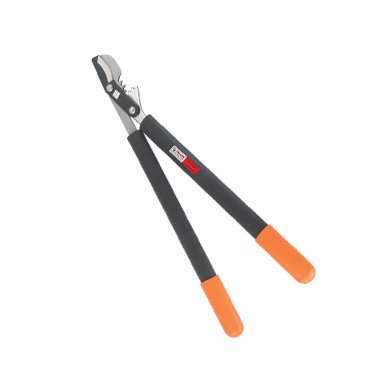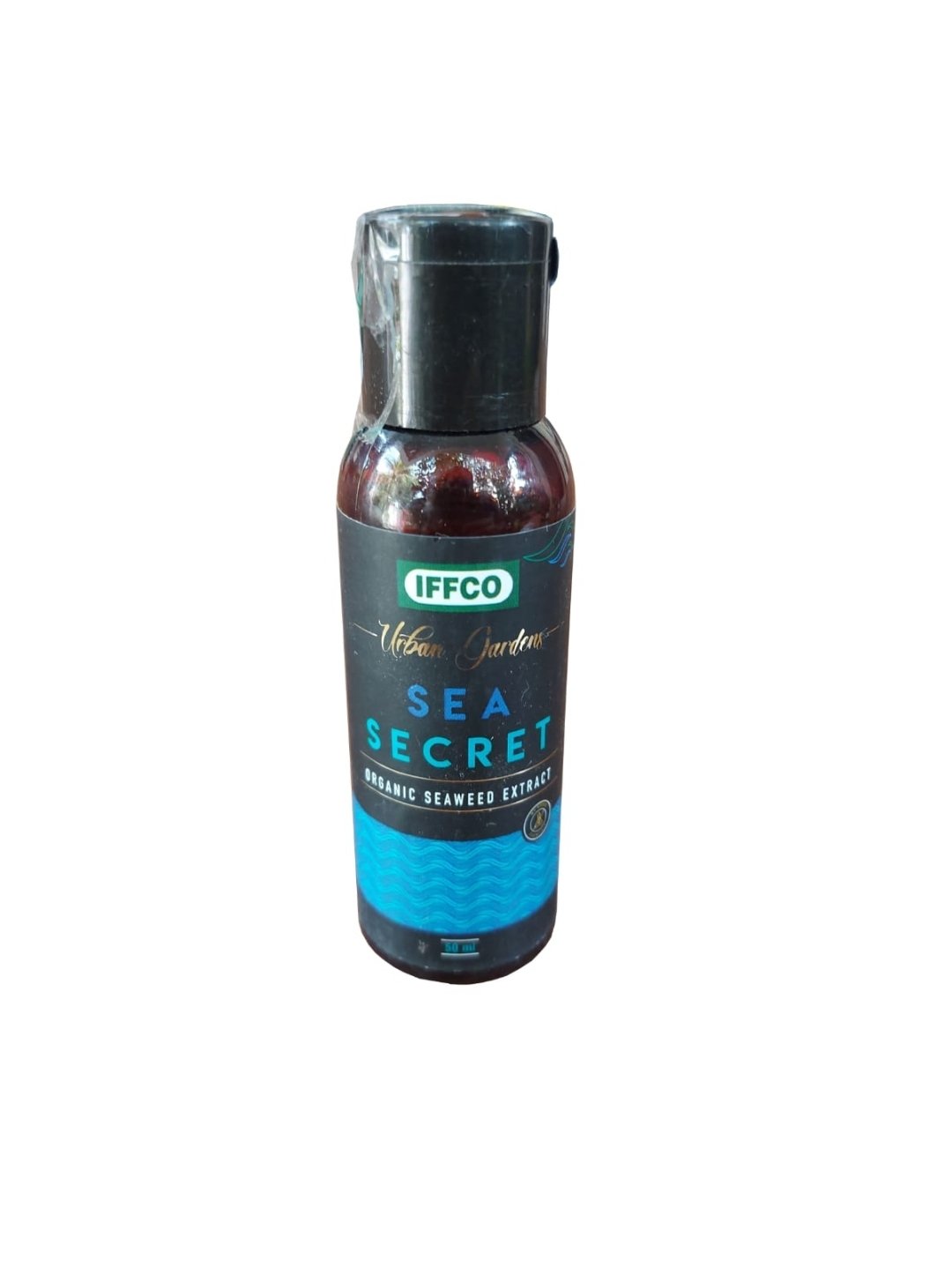
Expanded Perlite
Horticulture Grade Perlite
₹190/-
Horticulture Expanded Perlite for Garden Plants, Kitchen Garden, Seed Germination, Terrace Garden, Agriculture, Greenhouse, Hydroponics, Plant Propagation, Potting Mix, Horticulture Use.
Perlite Applications :
- Dry Farming
- Indoor Gardening
- Hydroponics
- Terrace Gardening
- Kitchen Garden
- Seed cover to hasten germination in Adverse field condition.
- Horticultural Nurseries
Advantages of Perlite :
- Improves Aeration
- Improves Soil structure & Drainage
- Improves Root Growth
- Reduces Surface Crusting
- Improves Availability of Plant Foods & Water
The “Green Revolution” has brought Perlite into many farms and nurseries in our country in the form of the “Little White Granules” evident in the soils from professional growers. These white granules are Horticultural Perlite. Perlite is an unique volcanic mineral when crushed & heated under proper conditions, it pops like “Popcorn”, expanding to twenty or more times its original volume, forming a granular white material so light in density that it wighs only 40 to 128 kgs/ Cubic Metre. Each Particle of Perlite Comprise of tiny closed air cells or bubbles due to which air passages and formed in the growing mix providing optimum aeration. The Surface cavities trap moisture and make it aailable to plant roots and to stem of cuttings. The development of near ideal structural conditions in growing and propagating media is made possible by following characteristics of Expanded Perlite.
Applications : Horticultural Perlite alone or with soil is widely used by professionals and home gardeners as follows :
Hydroponic Growing : Extensive Research have shown that superior crop yields result when horticultural perlite is used as a growing medium. In addition, since perlite exhibits a unique water exchange ability, over and under-watering problems are reduced or eliminted. This reduces plant stress, greenhouse labout and irrigation costs. Typical crops grown hydroponically in horticultural perlite are lettuce, cucumber, tomatoes, cabbage, cauliflower, herbs and strawberries.
Transplanting : Moisture-holding insulating perlite minimizes transplanting shocks. The media should be kept moist and transplanting should not be attempted until a sturdy, well formed, root system has been developed.
Root Cuttings: Use flats containers that permit adequate drainage. Fill 3 to 6 inches horticultural perlite. Set cuttings in place retaining only minimal leaves on them and pack firmly. Keep well watered. With Perlite, there’s little danger of overwatering. Allow cuttings to develop sturdy roots before transplanting.
Flowers & Vegetables : Spade Soil to a depth of 8-12 inches. Then Prepare a uniform mixture of horticultural perlite and the native soil. Mix well, treat area well before planting to settle soil evenly.
Stadium & GOlf Course Turf : Stadium turf and gold green can suffer from compaction which reduces drainage and air in the growing or root zone. The addition of horticultural perlite to soil mixes or top dressing with it can make the turf area more resistant to compaction and improve drainage. Because of the superior water exchange properties of horticultural Perlite, less frequent watering is required. In addition, turf area more resistant to compaction and improves drainage. Because of the superior water exchange properties of horticultural perlite, less frequent watering is required. In addition, turf areas that have been treated with horticultural perlite will recover more quickly after use.
Seed Germination : Use pots or some containers with good drainage and fill only with horticultural perlite or with a mixture of perlite and soil and sow seeds. water gently but thoroughly. Cover the containers. Water daily or when necessary. Remove covering when seeds have sprouted.
Lawns : Horticultural Perlite can be used to advantage in the planting of new lawns as well as in the upgrading of established lawns. For new lawns, perlite should be filled into the top soil. The Lawn may then be sodded or seeded following seed producers recommendations. it improves the texture of soils by increase in aeration and drainage. it also improves the water holding ability of soil.
Exotic House & Potted Plants : Take the pots with good drainage. Put some gravels at the bottom of the pot. Then put the mixture of horticultural perlite and soil into the pot and put the plant. Users should consult for recommended mixes suited for geographic region & particular crop. Subsequent feeding may be with each water in or at two week intervals. Adequate drainage in pots or containers will prevent possibility of overwatering.
Packing: 1 kg
Enquiry Now


